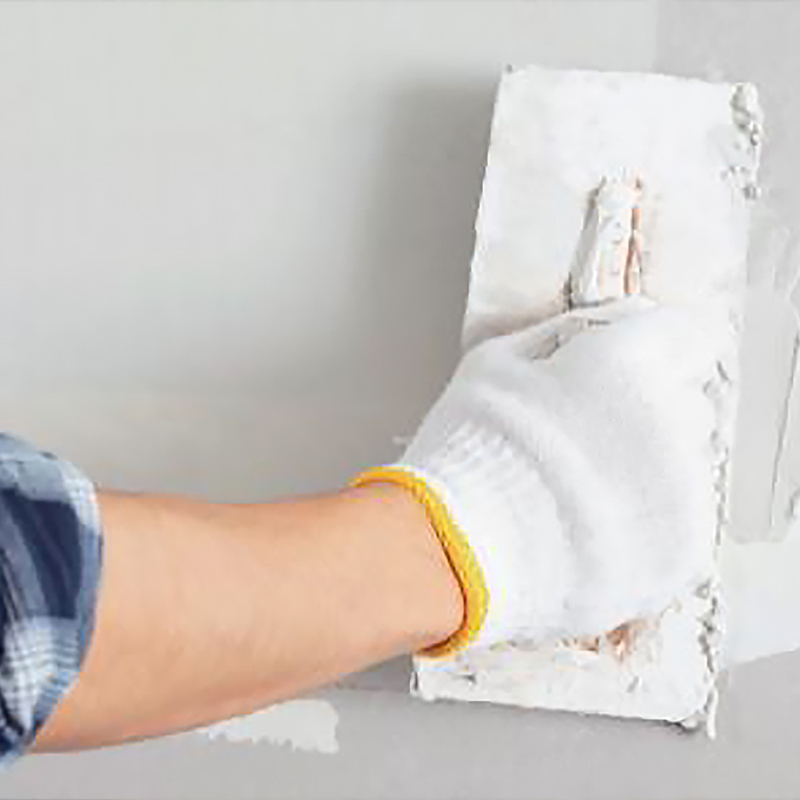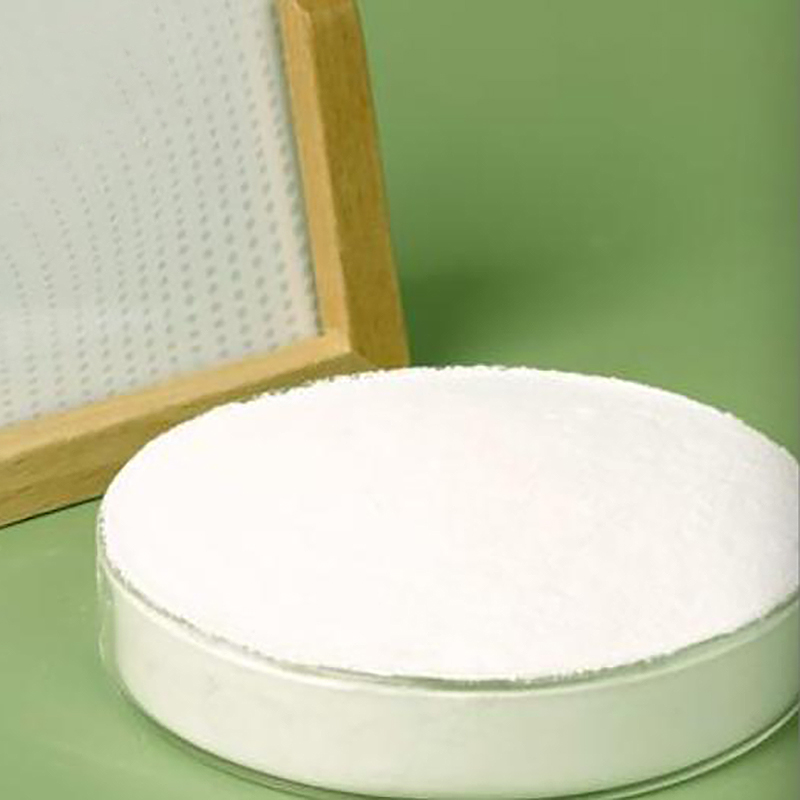Hydroxyethyl cellulose for water-based coating is a commonly used thickener and stabilizer. It plays an important role in regulating rheology and improving coating uniformity in the coating system. However, the amount of hydroxyethyl cellulose not only affects the construction performance of the coating, but also has a significant impact on the drying time and hardness of the coating. Correctly grasping the amount of HEC added and its behavior in coatings will help improve the overall performance of the coating and meet the needs of different application scenarios.
How hydroxyethyl cellulose works
Hydroxyethyl cellulose is a water-soluble polymer that is widely used in water-based coatings because of its excellent thickening, film-forming and suspending properties. When HEC is dissolved in water, it can form a viscous solution. By adjusting the viscosity of the paint, it improves its rheology, making the paint smoother and more uniform during application. During the coating drying process, HEC also helps to form a stable coating structure, ensuring the uniformity and overall performance of the coating.
Effect of dosage on paint drying time
The amount of hydroxyethyl cellulose has a direct impact on the drying time of water-based coatings. Generally speaking, as the amount of HEC increases, the viscosity of the coating also increases. Higher viscosity slows the evaporation rate of water, which prolongs the drying time of the paint. This extension is advantageous for certain construction scenarios, such as when painting large areas, where a longer open time can avoid seam marks. However, for applications with high requirements for quick drying, excessive HEC may cause the drying time to be too long, affecting the construction progress and the final effect of the coating.
Therefore, controlling the amount of HEC is an important means to balance drying time. Generally, using a moderate HEC content can ensure that the paint dries in a shorter time while maintaining good painting performance. For coatings that require fast drying, you can consider reducing the amount of HEC or using other fast drying additives.
Effect of dosage on coating hardness
The hardness of the coating is closely related to the final cure of the coating, and hydroxyethyl cellulose plays a dual role in this process. First of all, HEC can improve the film-forming properties of the coating by increasing the viscosity of the coating, making the coating more uniform and dense. However, if the amount of HEC is too high, more residual substances will be left after the paint dries. These residual polymer materials may cause the hardness of the coating to decrease.
Higher HEC dosage will form a relatively soft coating structure after the paint dries, reducing the hardness and wear resistance of the coating. This is disadvantageous in applications where high hardness and durability are required, such as floor coatings or protective coatings. Therefore, for coatings that require higher hardness, appropriately reducing the amount of HEC or adding other hardness enhancers to the formula is an effective way to improve coating performance.
On the other hand, a small amount of HEC helps to improve the workability of the coating, ensures the uniformity of the coating, and does not significantly affect the hardness after drying. In situations where a balance between hardness and construction performance is required, the HEC content can be precisely adjusted to ensure good construction performance without affecting the final hardness of the coating.
How to balance HEC dosage and coating performance
In order to strike a balance between the amount of hydroxyethyl cellulose and the drying time and hardness of the coating, the formulator needs to consider a variety of factors. Here are some optimization strategies:
Test the effect of different HEC dosages: Determining the drying time and hardness of coatings under different HEC dosages through experiments can provide data support for formula adjustment. According to different application requirements, select the appropriate HEC addition amount.
Use in combination with other thickeners: Sometimes relying on HEC alone can limit coating performance. Combining other types of thickeners, such as cellulose ethers or acrylates, can reduce the amount of HEC and balance the relationship between drying time and hardness.
Adding a hardness enhancer: If the coating is not hard enough, especially at high HEC content, the durability of the coating can be improved by introducing a hardness enhancer. These additives increase the coating's hardness and scratch resistance without significantly changing the coating's viscosity.
Optimize the water evaporation rate: When high HEC dosage results in prolonged drying time, you can speed up the evaporation of water and shorten the drying time by controlling environmental conditions (such as temperature, humidity) or using faster-volatile solvents.

 简体中文
简体中文 English
English русский
русский عربى
عربى Español
Español









